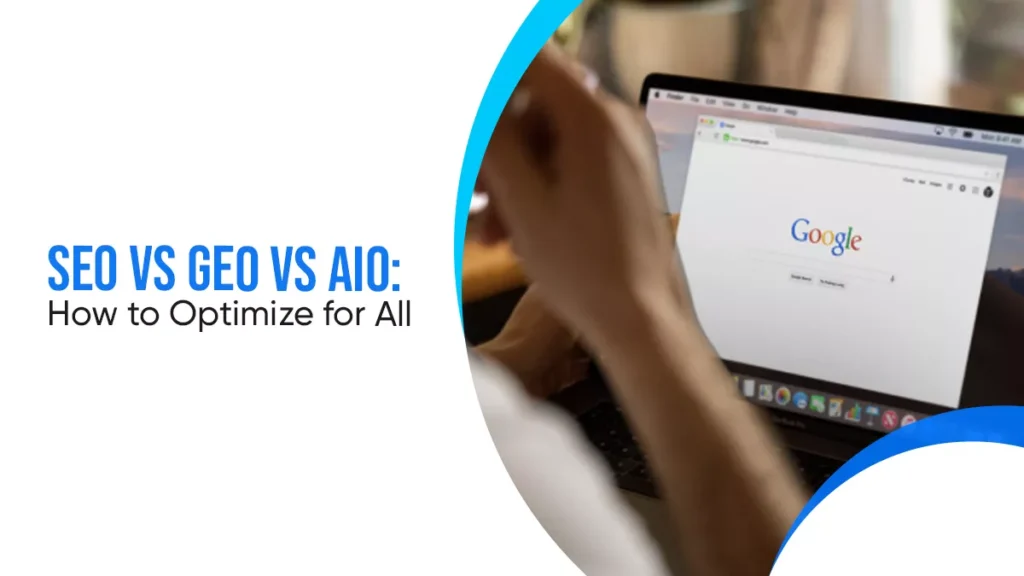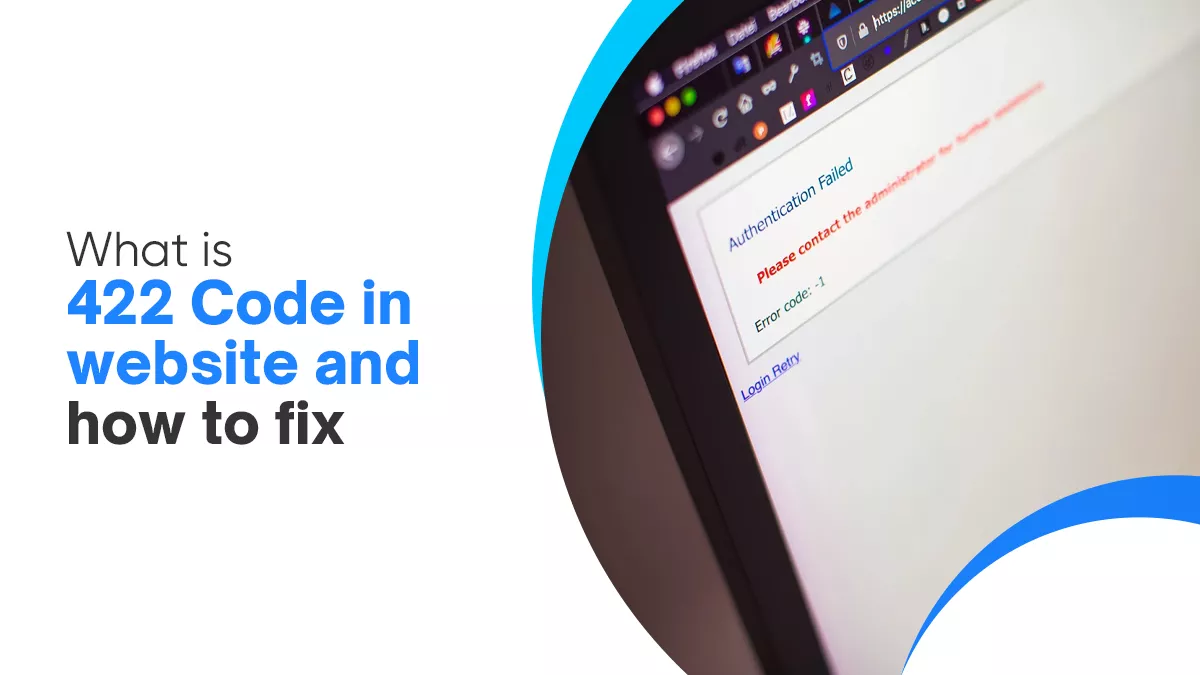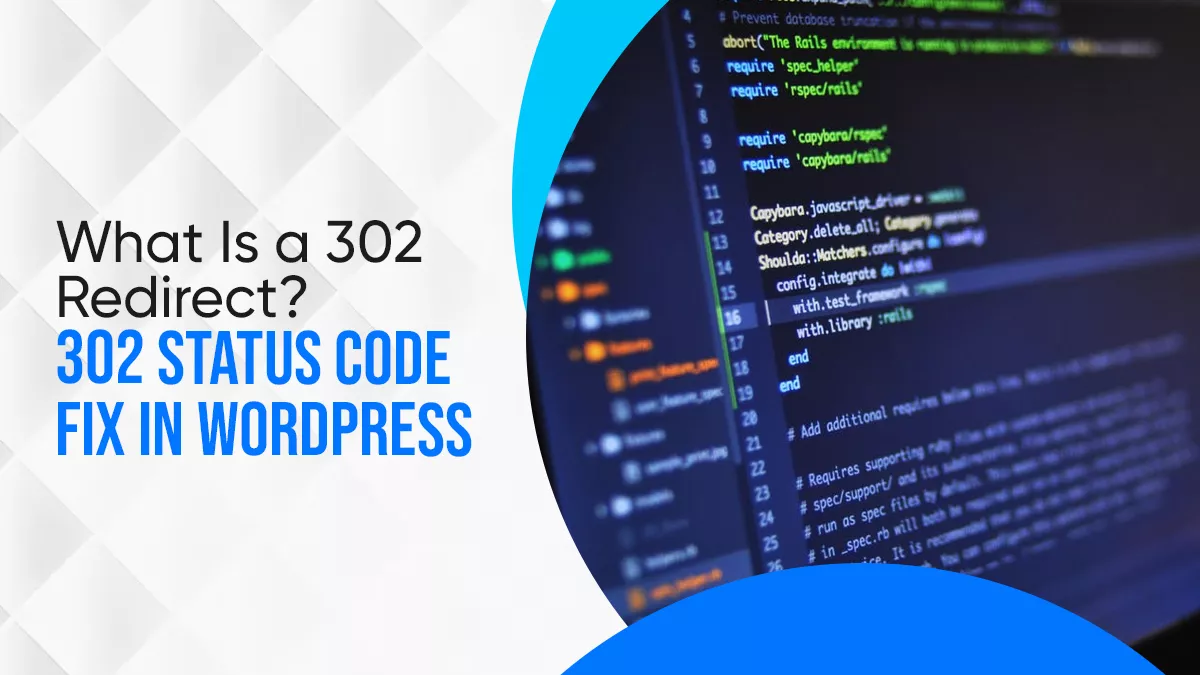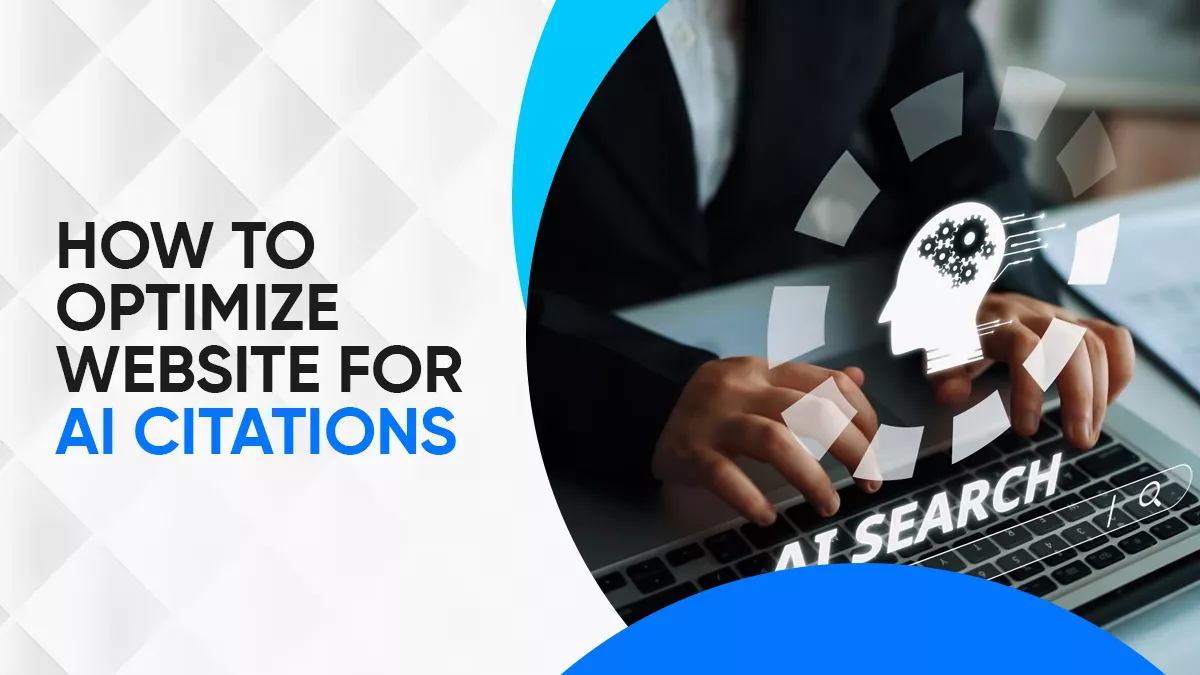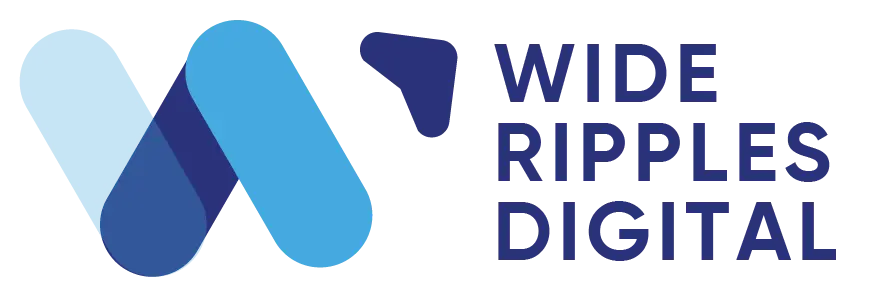The Changing World of Search
The digital era is changing fast. For many years, we optimised for classical search engines like Google, which we call SEO (Search Engine Optimization). Now, there’s GEO (Generative Engine Optimization) and AIO (AI Optimization) too. These aim to tap into AI-driven tools and answer engines, not just classic search.
You’ve probably seen AI tools like ChatGPT, Google Gemini, and Perplexity providing answers directly, without users needing to click any links. That’s where GEO and AIO come in. They play an important role in helping your brand stay visible even when people no longer “search” in the old way.
Sometimes people also talk about AEO (Answer Engine Optimization). That means optimizing to be the answer in voice or AI responses. Many recent guides say SEO is still the base, and AEO/GEO/AIO build on top of it. This blog will explain what SEO, GEO, and AIO mean, how they differ, and how you can optimise for all three.
What Is SEO?
SEO is still the foundation of online visibility. SEO (Search Engine Optimization) means improving your website so it ranks higher in Google or Bing. SEO decides which website appears first.
It’s based on:
- Keywords
- Backlinks
- Site speed
- User experience
- Mobile performance
- Fast site speed and good mobile experience.
- Clear structure, good content, internal links
SEO is still the foundation of online visibility. Why it still matters is that most people still start with a search engine. Optimising your site helps you stay relevant in Google search. Without it, even AI search engines won’t know who you are. You can learn more about technical optimization and schema in our Wideripples SEO Guide.
What Is GEO
GEO stands for Generative Engine Optimisation. It refers to optimizing so you show up in AI-generated answers. Like ChatGPT, Claude, or Gemini to find, understand, and cite your content. These AI tools don’t rank pages. Instead, they summarize from trusted sites and generate answers.
GEO means your content is structured so it can be cited or used as a source by these systems. Important GEO tactics:
- Build authority and expertise in a topic (so AI trusts you).
- Use factual, well-sourced content.
- Structure content to be readable by machines.
- Include clear brand or author mentions (so AI can attribute you).
Because AI tools are becoming search engines themselves, GEO is increasingly important. So, GEO isn’t about ranking. It’s about being referenced.
What Is AIO?
AIO means AI Optimization. It focuses on making content AI-readable, AI-friendly, and ready for machine summarization. It means creating content and website structure so it is easily understood by AI systems, not just humans.
This includes:
- Writing in plain language (clear sentences).
- Using schema/structured data so machines understand relationships.
- Including metadata, author info, and structured headings.
- Formatting for clarity (bullet lists, question headings).
It’s part of content design for LLMs (Large Language Models).
What About AEO?
AEO stands for Answer Engine Optimisation. It is about appearing in featured snippets, answer boxes, or zero-click answers on Google. Making your content the answer in search results or voice assistants (instead of just one of many links).
It’s slightly different from GEO:
- AEO: For search engines (like Google).
- GEO: For generative AI (like ChatGPT).
Example:
When someone searches “What is Schema Markup?”, the short box Google shows at the top is AEO in action. Read our guide on Schema Markup in WordPress to understand how Google detects those structured answers.
SEO vs GEO vs AIO
| Aspect | SEO | GEO | AIO |
|---|---|---|---|
| Full Form | Search Engine Optimization | Generative Engine Optimization | AI Optimization |
| Goal | Rank higher in Google | Get cited by AI tools | Make content readable by AI |
| Focus | Keywords, backlinks | Facts, citations, structure | Clarity, formatting |
| Main Tools | Google, Bing | ChatGPT, Gemini, Perplexity | Any AI system |
| Output | Clicks to your site | Mentions in AI answers | AI-friendly writing |
| Metric | Rankings & traffic | Mentions & citations | Retrieval & visibility |
In short:
- SEO brings clicks, GEO builds AI citations, and AIO improves content readability for AI.
Tactics to Optimize for All Three
Here’s how you build one strategy that works for SEO + GEO + AIO.
1. Solid SEO groundwork
- Do keyword research.
- Write valuable content that answers user intent.
- Get good backlinks.
- Optimise site speed, mobile usability, and site structure.
2. Structure content for AI readability (AIO)
- Use clear headings (H2, H3) with questions.
- Write sentences in plain English (Grade 4 level).
- Use schema markup (structured data) so AI can parse your content.
- Use metadata: author, publish date, and topic clusters.
3. Design content to be answer-ready (AEO)
- Use FAQs and direct answer sections
- Provide short, clear answers before a deeper explanation.
- Use bullet lists, tables.
- Format for voice search and chat responses.
4. Build authority & citation potential (GEO)
- Make your brand or site clearly stated.
- Use trusted sources and link out.
- Use case studies, data, statistics, and AI systems like citation signals.
- Update content regularly: freshness matters.
5. Use schema and structured data
Schema helps all of the above. It tells machines about the type of content (Article, FAQ, or Organisation). Many recent guides point to schema as a bridge between SEO & AI.
6. Monitor relevant metrics
Tools like Google Search Console, ChatGPT Browse Results, and AI PR tracking tools can help monitor your visibility across these layers.
| Type | Key Metrics |
|---|---|
| SEO | Clicks, traffic, ranking |
| GEO | AI citations, brand mentions in AI tools |
| AIO | Content retrievability, semantic clarity |
| AEO | Featured snippet appearances, zero-click visibility |
Are SEO, GEO, and AIO Just Buzzwords?
No, they are real, powerful strategies that keep evolving to meet the digital world’s demands.
Think of them as layers:
- SEO = Helps search engines.
- AEO = Helps Google Answer Boxes.
- AIO = Helps AI understand your text.
- GEO = Helps AI tools reference or cite you.
Together, they form your future-proof AI + SEO hybrid strategy.
Example: Applying the Strategy
Let’s say you write a blog: “How to Optimize Content for GEO, SEO & AIO.”
- SEO: Use the keyword “SEO vs GEO” and optimise the meta title and internal links.
- AIO: Write in simple sentences; use schema to mark it as Article + FAQ.
- AEO: Include a section: “What is GEO vs SEO?” with direct short answers in a bullet list.
- GEO: State your brand, reference research, and include data. Update this regularly to show freshness.
- Schema: Add JSON-LD for Article + FAQ so Google & AI can parse it.
This way, you cover all bases: ranking links, voice/AI answer chance, and AI citation potential
SEO + GEO + AIO Best Practices Checklist
- Use clear headings (H2/H3).
- Write short, factual sentences.
- Add structured data (schema).
- Mention your brand naturally in content.
- Create FAQ sections.
- Cite sources when possible.
- Keep your text conversational and human.
- Use visuals with alt text.
- Avoid fluff and make it quotable.
Get Professional SEO + GEO Help
Feeling lost between SEO and AI optimization? You don’t have to handle it alone.
At Wideripples, our experts help brands build a complete visibility strategy. From SEO to GEO to AIO. We help you to use structured data, schema, and AI citation tactics to make your content stand out in both Google and ChatGPT.
Get Professional Help Today, and let’s make your website visible everywhere in search results and AI answers.
Quick FAQs
What is GEO?
It’s optimizing content so AI tools like ChatGPT or Gemini can understand and cite it.
What is AIO (AI Optimization)?
It’s creating content that’s clear and structured for AI readability and summarization.
What is AEO (Answer Engine Optimization)?
It focuses on showing up in Google’s featured snippets or instant answers.
Should I replace SEO with GEO or AIO?
No, you can combine them. SEO is still the base; GEO and AIO add future visibility.
How do I get AI citations?
Write fact-based, structured content with clear context. Use brand mentions and schema.
How do citation signals differ from backlinks?
Backlinks link to your page. Citations mention your brand. AI engines treat both as trust signals.
Disclaimer: The information provided in this blog is for general informational purposes only. For professional assistance and advice, please contact experts.

